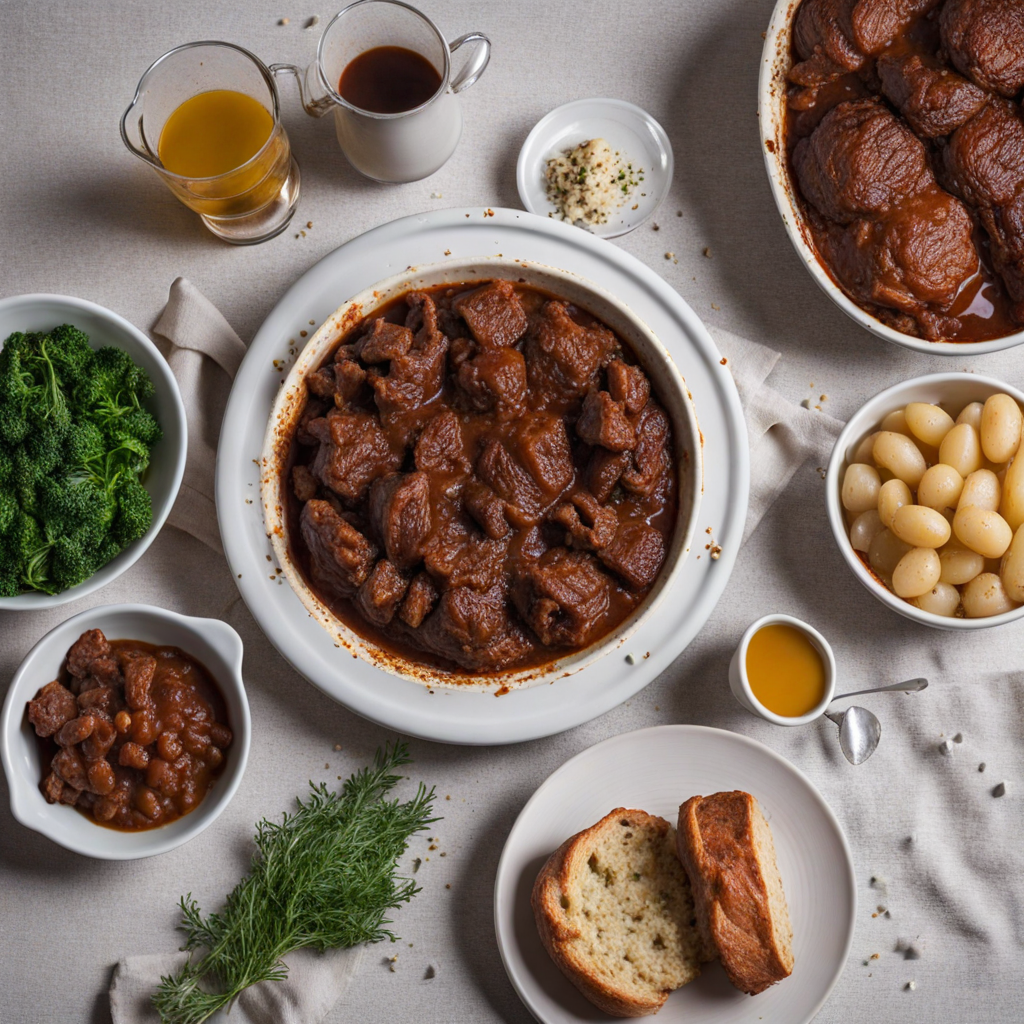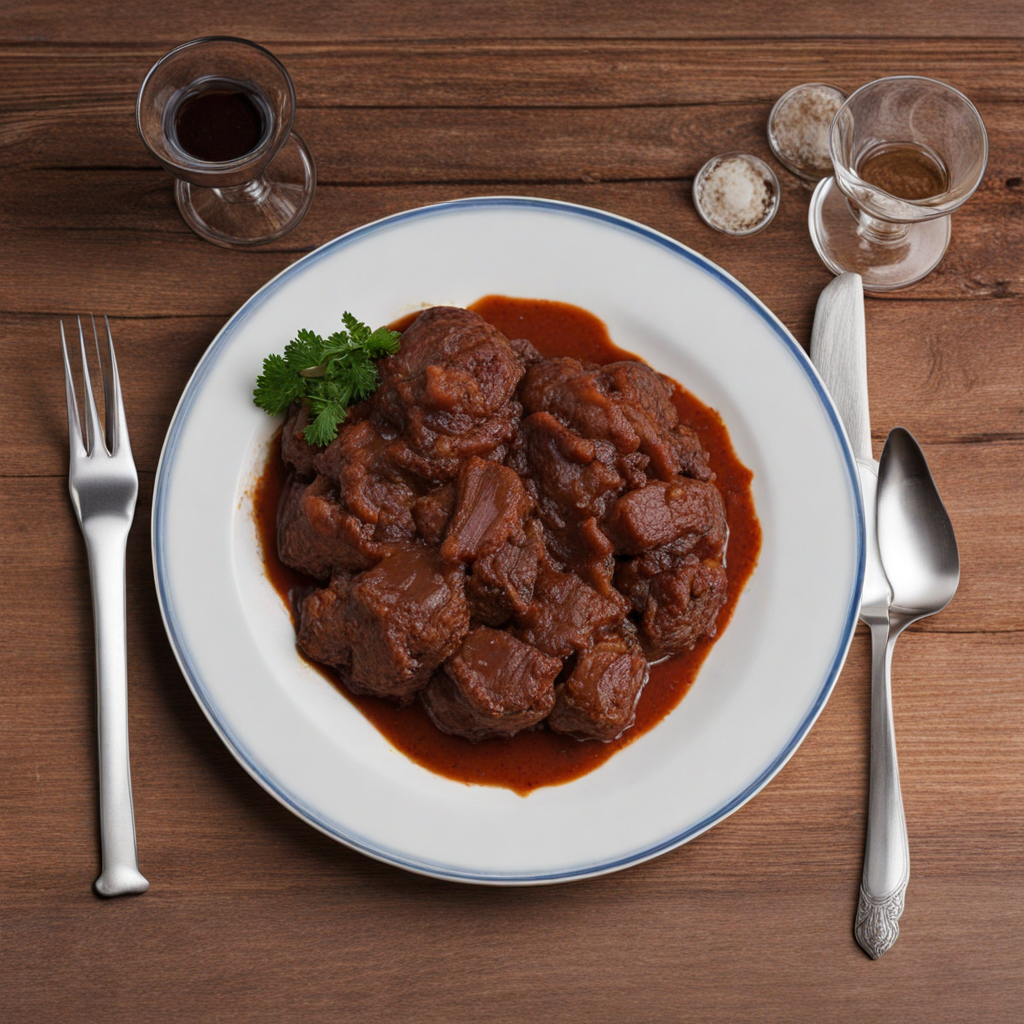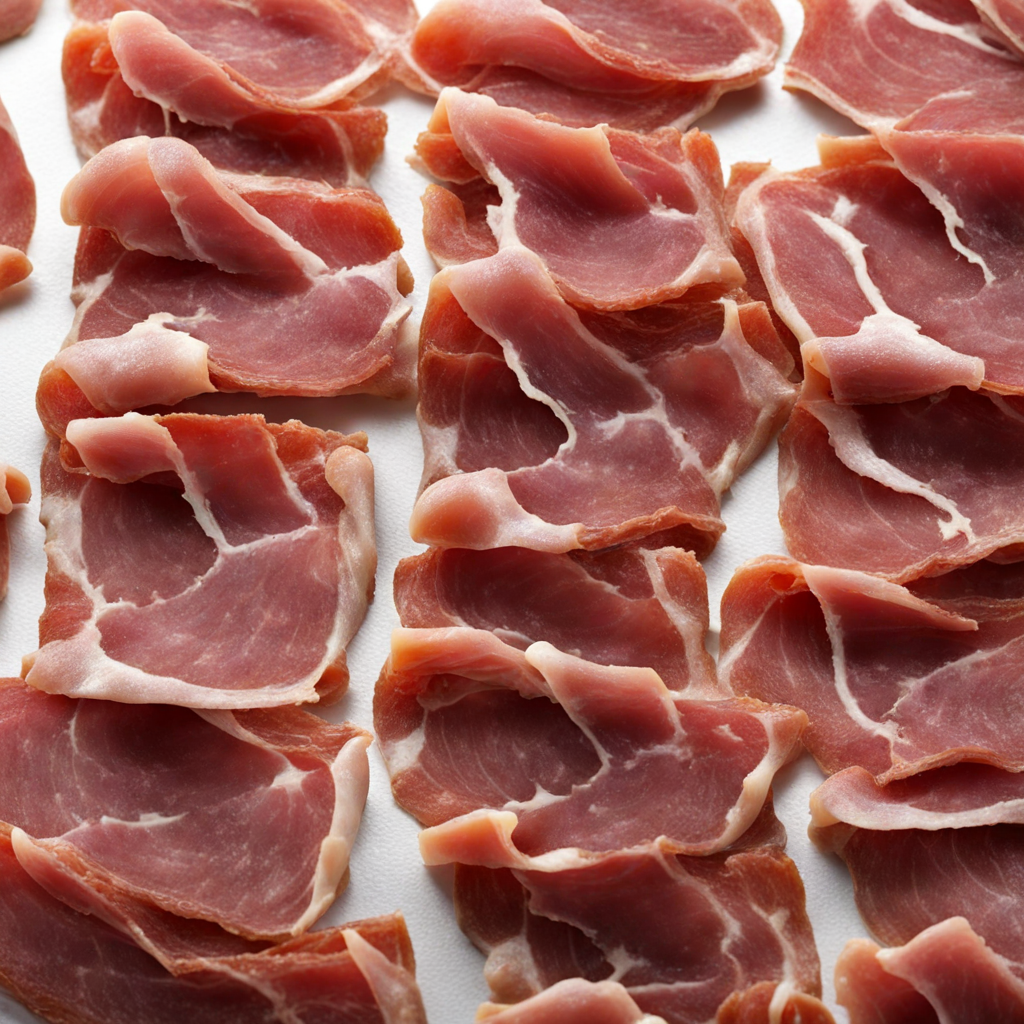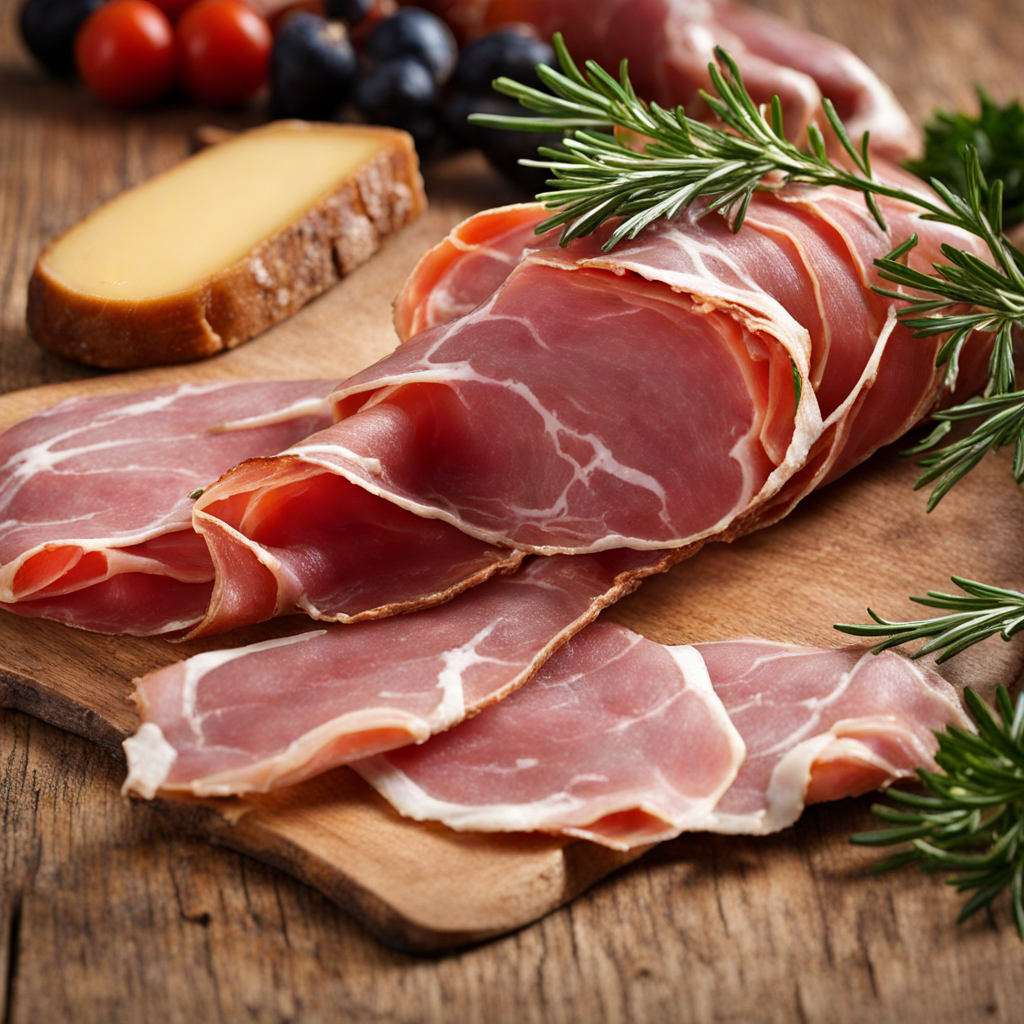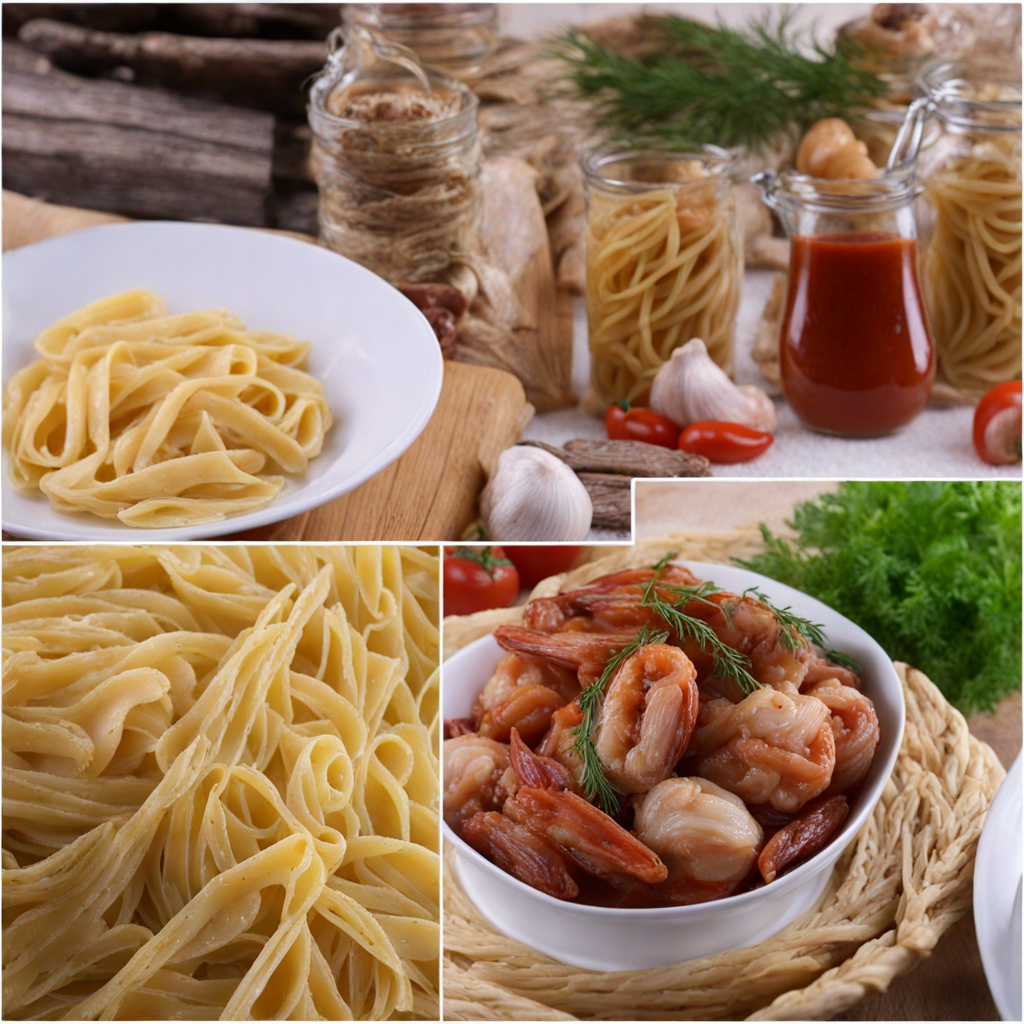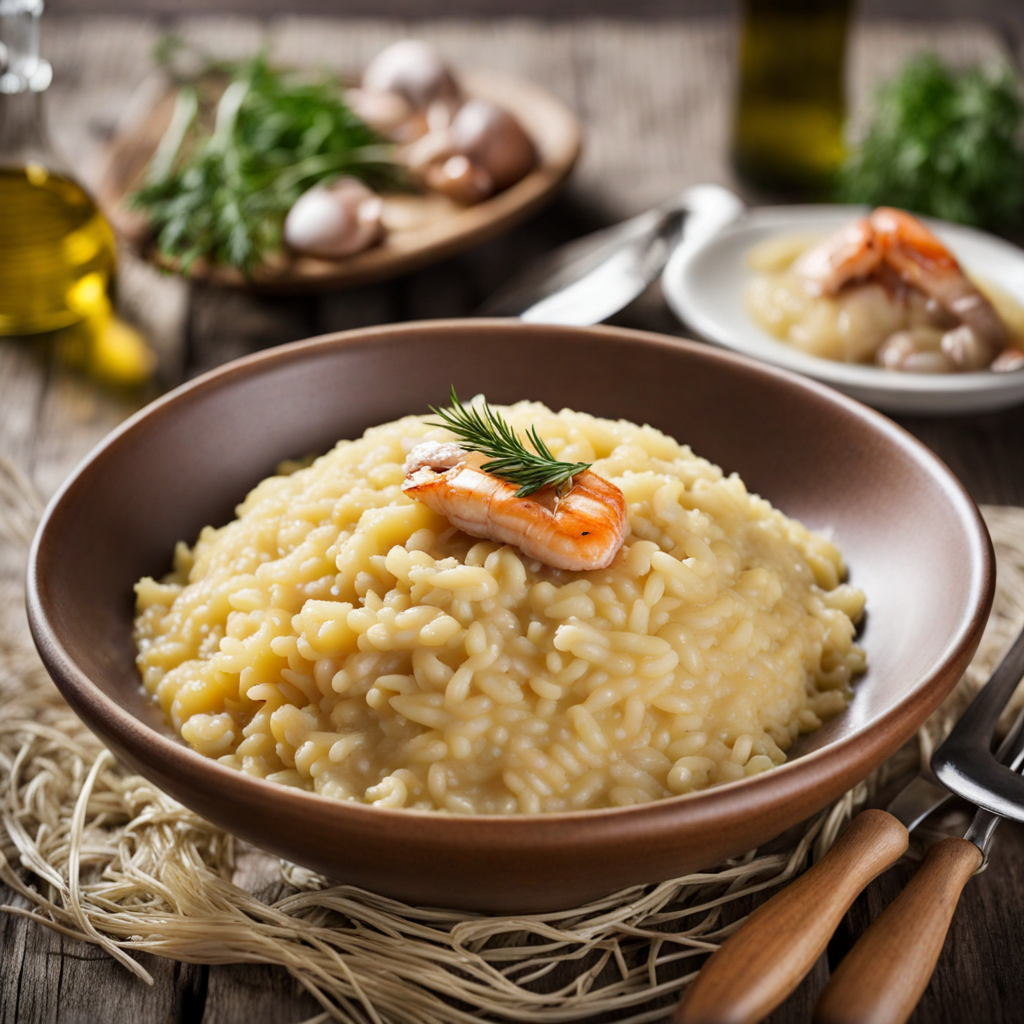Pasticada
Pasticada is a traditional Croatian dish that hails from the Dalmatian region, renowned for its rich, complex flavors and tender meat. At its core, Pasticada is a slow-cooked beef stew, typically made with a cut of beef such as flank or round, which is marinated in red wine, vinegar, and a medley of spices including cloves, garlic, and black pepper. This marination process imparts a depth of flavor that, when combined with the slow cooking, results in a melt-in-your-mouth tenderness that is simply irresistible. The meat is often accompanied by a savory sauce enriched with ingredients like prunes, carrots, and tomato paste, which create a delightful balance of sweet and tangy notes on the palate. The preparation of Pasticada is a labor of love, often associated with family gatherings and special occasions. The marinated beef is seared to develop a rich crust before being simmered with sautéed onions and additional herbs, allowing the flavors to meld beautifully over several hours. The sauce thickens as it cooks, becoming velvety and aromatic, enveloping the beef in a comforting embrace. Traditionally served with homemade gnocchi or polenta, Pasticada offers a hearty and satisfying meal, perfect for sharing with loved ones. What makes Pasticada truly unique is its ability to showcase the essence of Croatian culinary heritage, combining local ingredients and time-honored cooking techniques. The dish is often garnished with a sprinkle of fresh parsley, adding a touch of color and brightness to the rich sauce. Each bite transports you to the sun-soaked landscapes of Dalmatia, where the flavors tell a story of tradition and warmth. For those seeking a new culinary adventure, Pasticada promises an unforgettable experience, inviting you to savor the taste of Croatia with every delicious forkful.
How It Became This Dish
The Enigmatic Pasticada: A Culinary Journey Through Croatian Heritage #### Origins Pasticada, a quintessential dish from Croatia, particularly beloved in the Dalmatian region, is much more than just a meal; it is a tapestry woven with threads of history, culture, and tradition. The roots of pasticada can be traced back to the medieval era, with influences that likely stem from the culinary practices of the Roman Empire and later the Venetian Republic. The dish is believed to have originated in the coastal city of Split, where the convergence of various cultures left an indelible mark on local gastronomy. Historically, pasticada was prepared for special occasions and celebrations, often associated with family gatherings and religious feasts. The name "pasticada" itself comes from the Italian word "pastare," which means to marinate or to soak. This reflects the dish's key preparation technique, which involves marinating beef in a mixture of vinegar and spices, allowing the flavors to deepen and develop over time. The method of slow-cooking meat in a rich sauce has its parallels in various Mediterranean cuisines, showcasing the shared culinary heritage of the region. #### Cultural Significance In Croatian culture, food is an essential part of social life and identity. Pasticada embodies the spirit of Dalmatia, where the preparation and enjoyment of food often bring families together. Traditionally, pasticada is served during significant life events, such as weddings, christenings, and holidays like Christmas and Easter. Its presence on the dining table is not merely about sustenance; it represents love, tradition, and community. Moreover, pasticada is a dish that symbolizes the resilience and adaptability of Croatian culinary practices. The recipe has evolved over centuries, influenced by the availability of local ingredients, culinary trends, and the passage of time. Each family often has its own variation, passed down through generations, which adds a personal touch to the dish and reinforces family bonds. #### Ingredients and Preparation At its core, pasticada consists of marinated beef (often a cut like chuck or round), which is braised until tender in a sauce made from a variety of ingredients. The marinade typically includes red wine vinegar, garlic, and various spices such as cloves, allspice, bay leaves, and black pepper. Some recipes incorporate dried prunes or figs, which add a subtle sweetness to the dish, balancing the acidity of the vinegar. The preparation of pasticada is a labor of love and requires patience. The marination process can last for several hours or even overnight, allowing the flavors to meld beautifully. After marinating, the beef is seared to develop a rich crust, followed by a slow braising in a sauce made with onions, tomatoes, and sometimes even a splash of local red wine. The slow-cooking method ensures that the meat becomes meltingly tender and imbued with the complex flavors of the sauce. Traditionally, pasticada is served with handmade gnocchi or "njoki," which perfectly complement the rich sauce. The combination of the tender beef and savory sauce, alongside the pillowy gnocchi, creates a dish that is both comforting and indulgent. #### Development Over Time As Croatia's political landscape changed over the centuries, so too did its culinary traditions. The influence of various ruling powers, including the Austro-Hungarian Empire and the Ottoman Empire, introduced new flavors and techniques that were absorbed into local cuisine. This melding of cultures can be seen in pasticada's evolution, as the dish began to incorporate elements from neighboring culinary traditions. In the 20th century, particularly after World War II, the rise of tourism in Croatia brought international attention to its culinary heritage. Pasticada became a staple in restaurants, often served alongside other traditional Dalmatian dishes, such as seafood risottos and grilled fish. As tourism flourished, chefs began to experiment with the dish, introducing modern twists while maintaining its essence. Regional variations emerged, with some chefs opting for different cuts of meat or unique ingredient combinations, reflecting the local terroir. In recent years, there has been a revival of interest in traditional Croatian cuisine, with a focus on the importance of locally sourced ingredients and time-honored cooking methods. Chefs and home cooks alike are rediscovering pasticada, bringing it back to its roots while also looking to innovate. This resurgence has sparked a sense of pride among Croatians, as they embrace their culinary heritage and share it with the world. #### Pasticada in Contemporary Croatia Today, pasticada remains a beloved dish that encapsulates the essence of Croatian hospitality. It is often prepared for family gatherings, special occasions, and festive celebrations. In Dalmatia, it is not uncommon to find pasticada featured on menus in both traditional konoba (taverns) and upscale restaurants, showcasing its versatility and enduring appeal. The dish has also gained recognition beyond the borders of Croatia, with food enthusiasts and chefs around the world seeking to recreate the flavors of pasticada. It serves as a gateway for many to explore the rich culinary traditions of Croatia, highlighting the importance of preserving and celebrating local dishes. In addition to its culinary significance, pasticada has become a symbol of Croatian identity, representing the resilience and diversity of its people. During cultural festivals and events, pasticada is often prepared in large quantities to honor tradition and foster community spirit. It stands as a testament to the enduring power of food as a medium for connection, storytelling, and cultural exchange. #### Conclusion Pasticada is far more than just a dish; it is a narrative of Croatia's rich history, a reflection of its diverse cultural heritage, and a celebration of community and family. From its medieval origins to its modern adaptations, pasticada continues to evolve while remaining deeply rooted in tradition. As it graces tables across Croatia and beyond, it invites diners to partake in a shared experience that transcends generations, reminding us that food is not just about nourishment but also about stories, memories, and the bonds that unite us all.
You may like
Discover local flavors from Croatia


